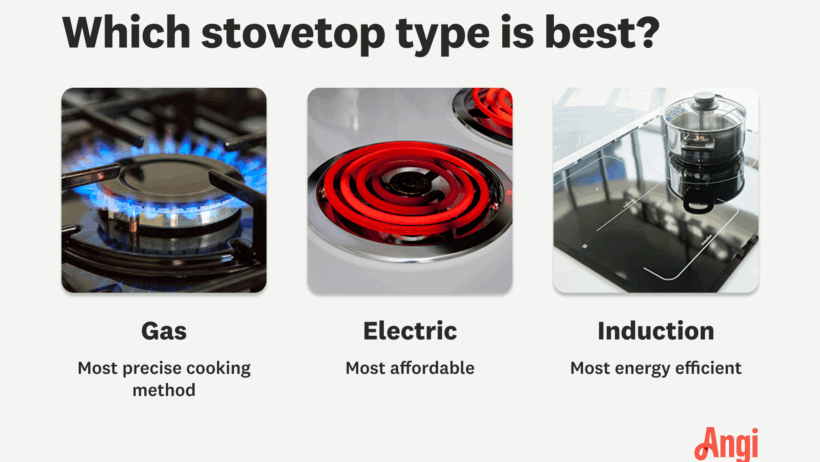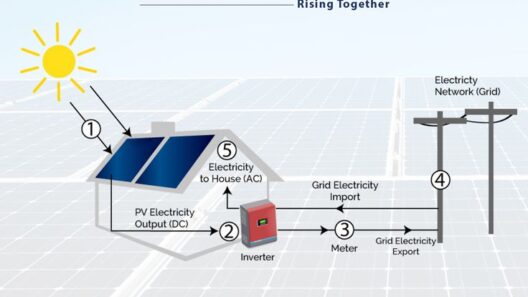As the world grapples with the urgency of climate change, the way we cook is increasingly scrutinized. Cooking is not merely a domestic activity—it is a confluence of culture, science, and environmental impact. Among the myriad of cooking technologies available, the comparison between portable induction cooktops and traditional gas stoves warrants particular attention. Do portable induction cooktops conserve energy more effectively than gas? The answer is not straightforward but rather shades of analysis that reveal a wealth of insights.
To begin, one must understand the basic principles of energy transfer in cooking. Portable induction cooktops utilize a magnetic field that directly heats the cookware. This method stands in stark contrast to gas stoves, where combustion is the primary mechanism for cooking food. In essence, induction cooking employs electricity to generate heat seamlessly. The efficient energy transfer involved—up to 90%—positions induction cooktops as a formidable contender in the quest for reduced energy consumption.
Gas stoves, on the other hand, present a different narrative. While they have been favored for their immediate heat and high-temperature capabilities, they generally achieve around 40-60% energy efficiency. The combustion process not only loses energy through unutilized heat and ambient air but also contributes to greenhouse gas emissions. Notably, methane leaks associated with gas extraction and distribution further exacerbate the problem, rendering gas an unsustainable choice in an era where every ounce of carbon reduction is crucial.
When one considers the lifecycle of energy consumption—production, usage, and waste—induction cooktops dominate. The demand for energy primarily remains on the shift toward renewable sources. Portable induction cooktops, particularly when powered by wind or solar energy, can achieve a negligible carbon footprint. This is a vital consideration as the global transition to renewable energy sources accelerates. The ability to use clean electricity for cooking not only preserves natural resources but also aligns with broader environmental goals aiming for carbon neutrality.
The implications extend beyond mere efficiency to also encompass safety and overall user experience. Portable induction cooktops offer a host of advantages—temperature control is precise, cooking time is significantly reduced, and there is no open flame, eliminating any risk of accidental fires. This precision translates to less energy wastage; meals can be prepared quickly and efficiently without prolonged heating. In contrast, gas stoves can linger at high temperatures, consuming energy unnecessarily.
Moreover, the temperature control capabilities of induction cookers enable an intuitive cooking experience. Home chefs might notice that the instant response time of induction cooktops could encourage shorter cooking times, leading to further energy savings. For individuals or families who often find themselves preparing multiple dishes simultaneously, these cooktops promote efficiency through multi-tasking with ease.
Economic factors also play a pivotal role in this discourse. While the initial purchase price of portable induction cooktops may be higher than gas models, the savings on energy bills tend to even the scales over time. Users can witness a reduction in electricity usage due to their efficient design. This notion of long-term savings may influence consumer behavior positively, beckoning a shift toward more sustainable cooking technologies.
Furthermore, consider the scalability of portable induction cooktops in diverse settings. Their compact nature allows users to employ them in various living situations—whether it be in a crowded urban apartment or outdoor camping trips. Such versatility is often limited with gas stoves that require proper ventilation and established connections to a gas line, making them less adaptable in certain contexts.
Nevertheless, the transition from gas to induction cooking is not without its challenges. Despite their advantages, there exists an ideological reluctance among certain demographics about the reliability and functionality of induction technology. A common misconception is that induction cooking is complicated; in actuality, the learning curve is minimal. As the market expands, consumer education will be fundamental in reshaping perceptions and driving acceptance of this energy-efficient alternative.
Regulatory factors also enter the equation. As cities and countries commit to phasing out natural gas in favor of electric appliances, the viability of portable induction cooktops becomes even more pronounced. This regulatory push is not merely a trend; it reflects an imperative to mitigate climate change. Such measures will be crucial for communities to achieve environmental justice—where cleaner options are accessible to all, regardless of socioeconomic status.
In conclusion, evaluating portable induction cooktops against gas stoves unveils a compelling case for energy conservation and sustainability. The dramatic disparity in efficiency, safety, and user experience casts induction cooking in a favorable light. As society prioritizes cleaner technologies and strives to reduce carbon emissions, embracing portable induction cooktops emerges as not only a practical choice but also an ethical one. By making informed decisions about culinary technologies, we take another step forward in the fight against climate change. Thus, navigating the culinary landscape should spark curiosity and ignite conversations surrounding the choices we make in our daily lives, ultimately propelling us toward a more sustainable future.








